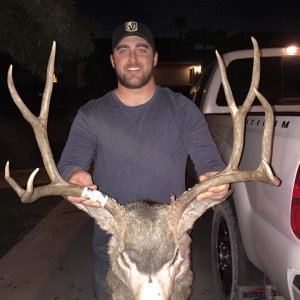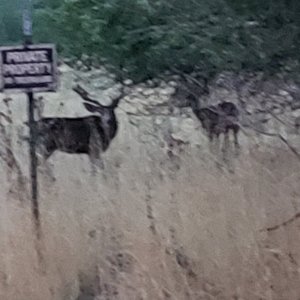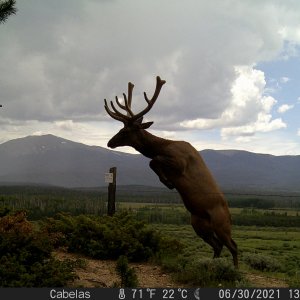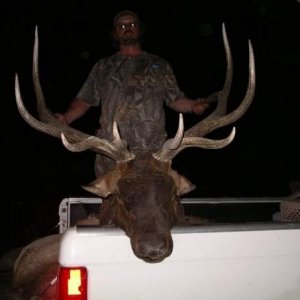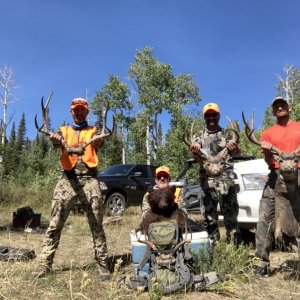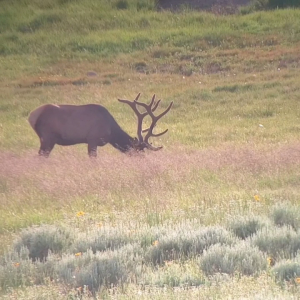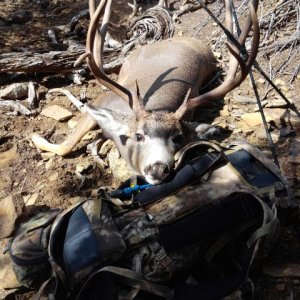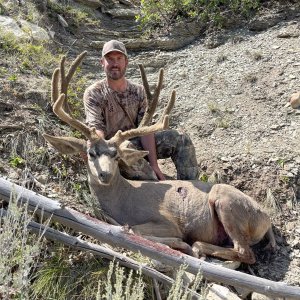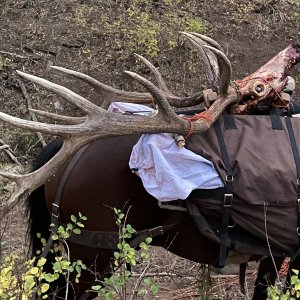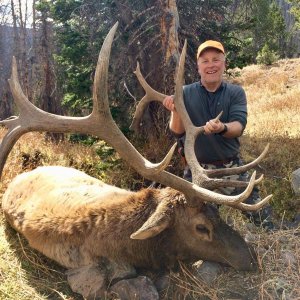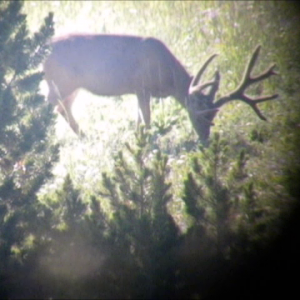kurt said: If these two species evolved together for millions of years, why are mule deer still here? If coyotes have such a "major" impact on mule deer they would've made the species extinct long ago.
Because left to their own devices, predator and prey reach a steady state. If we give predators a free reign, the mule deer will not become extinct, but there will be no need for any human hunters.
Fact: Predators lower the numbers of mule deer that people can hunt, sometimes significantly.
If we have a major winter kill, game agencies can and do lower the number of tags issued. However, predators have a field day in wintering grounds, and with their then large numbers, keep populations from bouncing back quickly
catmando said: "I don't know if anyone is paying attention, but they have been pounding the predators and particularly the lions here in Utah for several years now. But for some odd reason the numbers are not bouncing back as predicted....."
Give us some figures to back up your claim (numbers of predators taken for the last few years) and what percentage of the predator populations do these reductions represent.
Not one person here is saying that predators are the only problem, but the are a significant problem. There are also one of the things we can control if we want to. Urban sprawl is going to be extremely hard to stop, highways are going to continue to be built, and drought is not within our control. It is easy to say these are the "main" problems, but what can you do about them? There are many habitat things we can do and are doing, but there is only so much that can be done there.
txhunter58
venor, ergo sum (I hunt, therefore I am)


